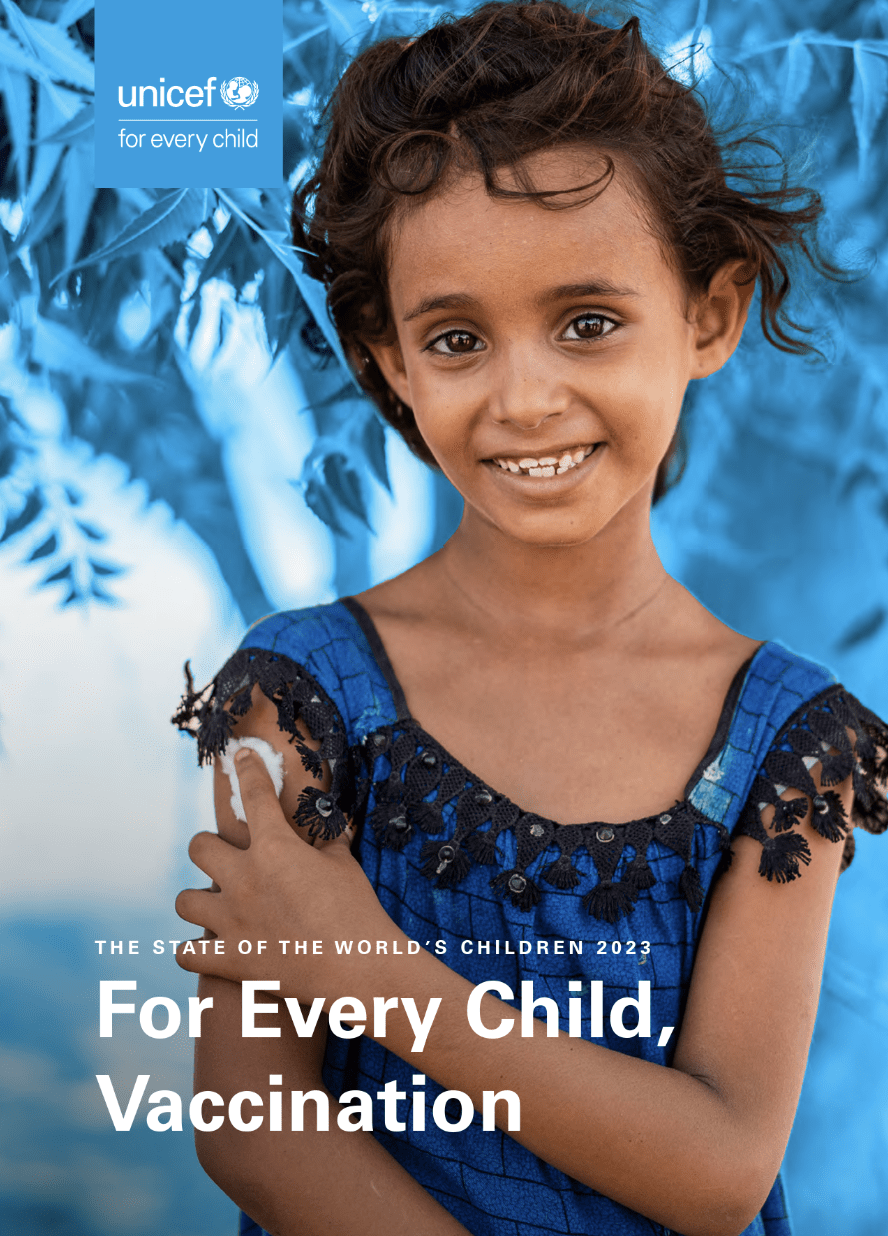Recently, UNICEF released their global flagship report, ‘The State of the World’s Children 2023: For Every Child, Vaccination.’ Taking a deep dive into the significance of childhood immunisation, vaccine confidence and innovation in vaccine development and delivery, this report serves as a comprehensive source. While you can read the entire report here, given below is a concise review and recap of the important points covered in the report. Read on.
The report studied 55 countries to understand vaccine perception, vaccine confidence and vaccine hesitancy.
India among the top 3 countries showing improved vaccine confidence
The report found that among all the countries studied, only China, India, and Mexico showed improvement in the popular perception of the importance of vaccines for children. This means that only these three countries showed improved vaccine confidence. In over a third of the countries studied, vaccine confidence saw a marked decline.
Pandemic and other factors contribute to growing vaccine hesitancy
The world is witnessing one of the largest sustained backslide in childhood immunization in 30 years, which is fuelled by the COVID-19 pandemic. The pandemic pressed the health systems everywhere under intense demands. Furthermore, the diversion of immunization resources to COVID-19 vaccination, dearth of health workers and stay-at-home measures also contributed to interrupted childhood vaccination in nearly every country. This led to 67 million children across 112 countries missing out on vaccinations between 2019 and 2021.
Implications of declining vaccine coverage
The effect of this reduced vaccine coverage resulted in more than double the total number of measles cases in 2022, than those observed in the previous year. Similarly, the number of cases polio cases reported among children also spiked by 16% year-on-year in 2022.
Status of children’s vaccination in India
During the pandemic, between the years 2020 and 2021, India saw an increase in the number of zero-dose (unreached or missed out) children. In 2022, however, India was able to arrest the backslide and bring down the number of zero-dose children.
India’s success in achieving commendable vaccine confidence can be attributed to sustained evidence-based campaigns. Initiated by the government, these campaigns include the likes of Intensified Mission Indradhanush (IMI). Adding to the effect was the continued provision of comprehensive primary health care services, routine immunization programme and India’s army of dedicated health workers.
Challenges marring global vaccine confidence
The report observes that children who are missing out on vaccinations live in the poorest, most remote and marginalised communities, which may also be impacted by conflict. A correlation was also observed between mothers with poor literacy and zero-dose children. These challenges were more commonly reported in low- and middle-income countries, where about 1 in 10 children in urban areas were zero dose and 1 in 6 in rural areas. In upper- and middle-income countries, there was a negligible gap children living in urban and rural areas.
The report finds women to be at the front line of delivering vaccinations. However, due to low pay, informal employment, lack of formal training and threats to their security, positions in public health remain inaccessible to women.
A plea to governments
In the words of Catherine Russell, “Diseases do not respect borders. Routine immunizations and strong health systems are our best shot at preventing future pandemics, unnecessary deaths and suffering. With resources still available from the COVID-19 vaccination drive, now is the time to redirect those funds to strengthen immunization services and invest in sustainable systems for every child.”





